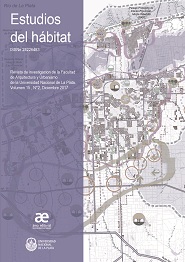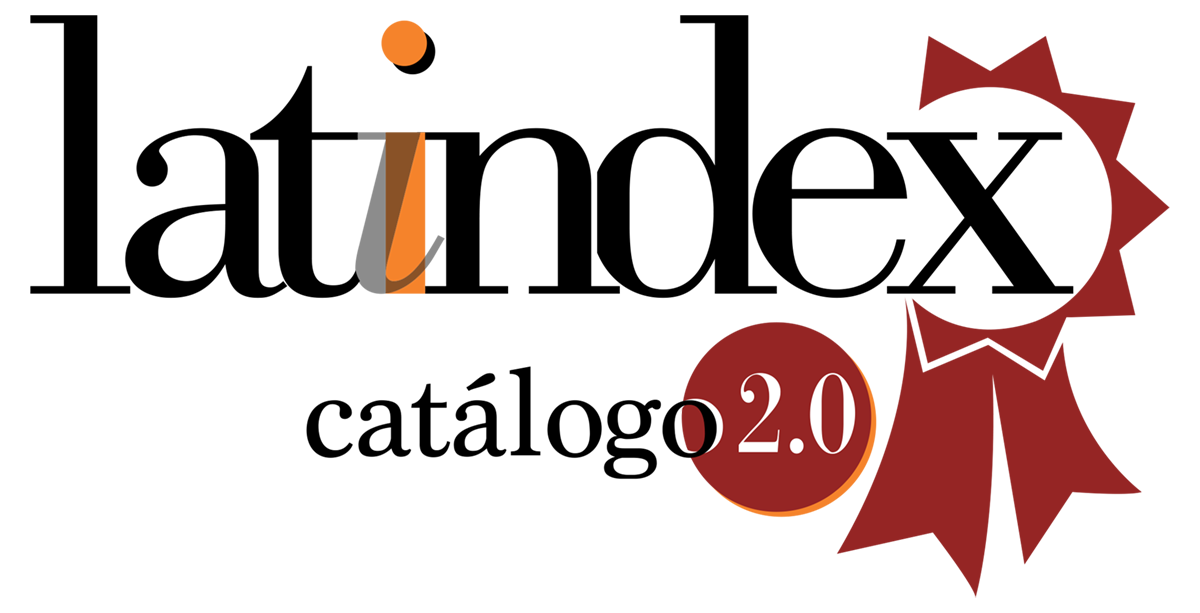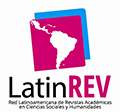Urban form and outdoor thermal behavior
A study for reduce the urban heat island in an arid city
DOI:
https://doi.org/10.24215/24226483e025Keywords:
urban heat island; arid cities; urban form; sustainable urban development.Abstract
The built landscape modifies the micro-climatic parameters of a site. One of the major impacts is the increase of the air temperature, which gives rise to the phenomenon of urban heat island (UHI). The UHI increases the demand for electricity and decreases the livability of the interior and exterior spaces. This paper aims to identify urban forms that help to mitigate the effect of the UHI in Mendoza; analyzing and comparing the thermal behavior of 10 representative urban canyons during the summer. The results show that the open-forested group of cases keeps cooler compared to the compact-without forestation, ΔT°mean=2.5°C. But to propose the open-forested scheme for urban growth in arid cities, it is necessary to perform a discussion that consider other aspects of urban planning, including the energetic and environmentally standpoint, to ensure sustainable urban development.
Downloads
Metrics
References
Al-Homoud, M.S. (1998). Variable-Base heating and cooling degree day data for 24 saudi arabian cities. ASHRAE transactions, 104(2), 320-330.
Correa, E. N.; Pattini, A.; Córica, M. L.; Fornés, M.; Lesino, G. (2006). Software: PIXEL DE CIELO. Programa informático que calcula el factor de visión de cielo a partir del procesamiento de una imagen digital hemisférica.
Correa, E., de Rosa, C. & Lesino, G. (2008). Urban heat island effect on heating and cooling degree day’s distribution in Mendoza’s metropolitan area. Environmental costs, in: Sociedade Portuguesa de energia solar (SPES) (Ed.), Proceedings of the EUROSUN 2008. Curran associates, Inc. Red Hook, NY, USA, 2, 951-958.
Correa, E., Ruiz, M.A. & Cantón M. A. (2010). Urban forest structure and thermal comfort in “oasis cities” of arid zones. Ambiente construído, Porto Alegre, 10, 4, 119-137. Recuperado de: http://www.scielo.br/scielo.php?script=sci_arttext&pid=S1678-86212010000400009
Ente Provincial de Regulación Eléctrica, EPRE (2014). Informe técnico de evolución de la demanda de enero de 2014.
Givoni, B. (1989). Urban design in different climates. World meteorological organization, WMO/TD, 346.
GEOSOL (versión 2.0) software (2002): Dpto. de Física, Facultad de Ciencias Exactas, Universidad Nacional de Salta. Recuperado de: http://www.unsa.edu.ar/~alejo/geosol/.
Instituto Nacional de Estadísticas y Censos, INDEC (2010). Censo nacional de población, hogares y viviendas. Argentina. http://www.censo2010.indec.gov.ar/
Lin, T. P., Matzarakis, A. & Hwand, R. L. (2010). Shading effect on long-term outdoor thermal comfort. Building and Environment, 45, 213-211. Recuperado de: http://www.sciencedirect.com/science/article/pii/S0360132309001371
Marshall S. (2005). Streets and Patterns. Spon Press: London and New York. ISBN 0415317509.
MultiSpec© (versión 9) software (2011): School of Electrical and Computer Engineering Purdue University. Recuperado de: https://engineering.purdue.edu/~biehl/MultiSpec/
Odum, H. T. & Odum, E. C. (1980). Energy basis for man on nature. Mc Graw Hill inc. New York. ISBN 0070475113, 9780070475113.
Oke, T. R. (1982). The energetic basis of the urban heat island. Quarterly Journal Royal Meteorological Society 108, 45, 1-24.
Oke, T. R. (2004). IOM Report No. 81, WMO/TD No. 1250: Initial guidance to obtain representative meteorological observations at urban sites. WMO, Geneva.
Ruiz, M. A., Sosa, M. B, Correa, E. & Cantón, M. A. (2015). Suitable configurations for forested urban canyons to mitigate the UHI in the city of Mendoza, Argentina. Urban Climate, 14, 197-212. Recuperado de: http://www.sciencedirect.com/science/article/pii/S2212095515000206
Shashua-Bar, L. & Hoffman, M. E. (2003). Geometry and Orientation Aspects in Passive Cooling of Canyon Streets with Trees. Energy and Buildings 35, 61-68. Recuperado de: http://www.sciencedirect.com/science/article/pii/S0378778802000804
Steemers, K. (2003). Energy and the City: Density, Buildings and Transport. Energy and Buildings 35, 3-14. Recuperado de: http://www.sciencedirect.com/science/article/pii/S0378778802000750
Stewart, I. D. & Oke, T. R. (2012). Local climate zones for urban temperature studies. B. Am. Meteorol. Soc. 92, 1879-1900. Recuperado de: http://journals.ametsoc.org/doi/abs/10.1175/BAMS-D-11-00019.1
Stocco S., Cantón, M. A. & Correa, E. (2013). Evaluación de las condiciones térmicas de verano y eficiencia ambiental de distintos diseños de plazas urbanas en Mendoza, Argentina. Hábitat Sustentable, 2, 19-34. Recuperado de: http://revistas.ubiobio.cl/index.php/RHS/article/view/432
Wolman, A. (1965). The metabolism of cities. Sci. Am., 213, 156-174.
Downloads
Published
How to Cite
Issue
Section
License
Acorde a estos términos, el material se puede compartir (copiar y redistribuir en cualquier medio o formato) y adaptar (remezclar, transformar y crear a partir del material otra obra), siempre que a) se cite la autoría y la fuente original de su publicación (revista y URL de la obra), b) no se use para fines comerciales y c) se mantengan los mismos términos de la licencia.








.jpg)

















